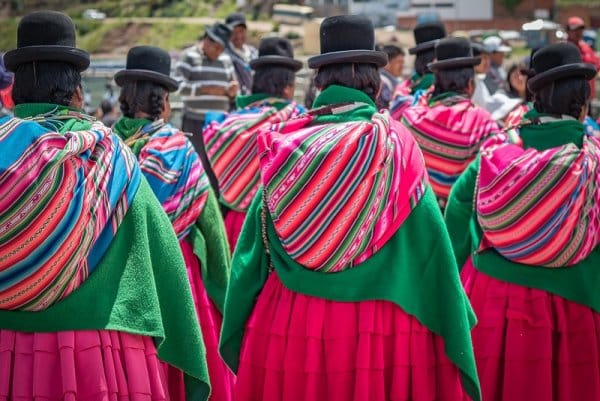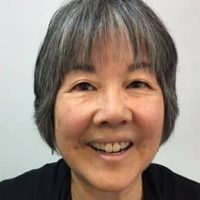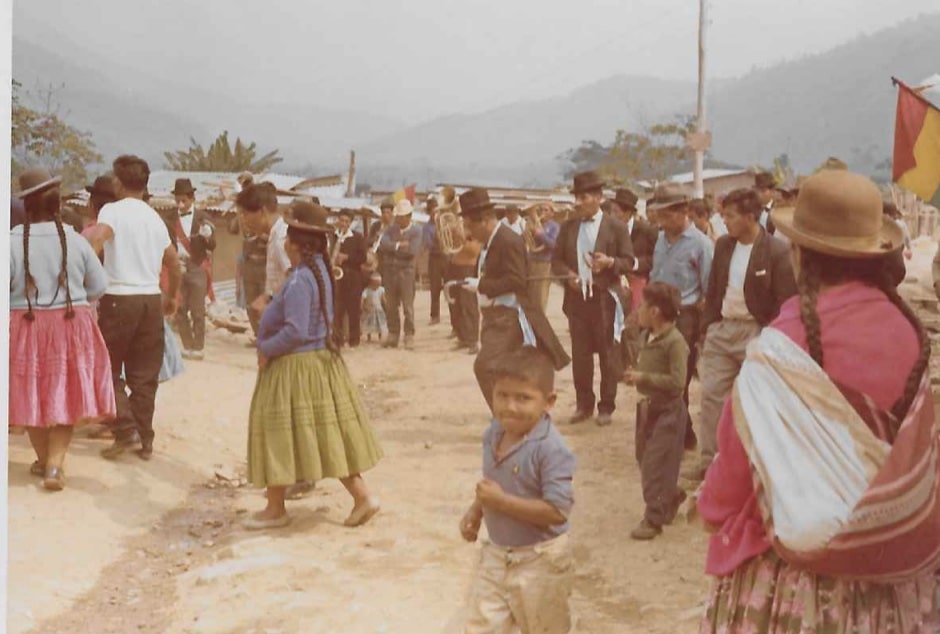The Aymara women came down from the cool highlands of the Altiplano of Bolivia. They came because the government provided their families with new farm plots in the semi-tropical climate of Caranavi, at the gateway to the lowlands. I was visiting the village of Incahuara (Star of the Incas) testing the families for tuberculosis. The first time a mother opened the colorful aguayo blanket holding her baby, I was shocked to see the child over-heated, barely breathing. When I vaccinated the little girl for tuberculosis, I hoped that she would survive beyond childhood.
The Andes region had become overcrowded. The soil was infertile, people were undernourished. So, to help highland populations survive, the Bolivian government encouraged the Aymara to resettle in the more fertile lowlands.
I was one of 20 Peace Corps volunteers assigned to the Yungas Valley, meaning “Warm Land” in the Aymara language, that had a population of 50,000 people. The Bolivian Ministry of Health wanted to demonstrate that tuberculosis could be managed with low-tech, low-cost vaccinations, supplemented by community education and long-term treatments. In my site in Caranavi, I was one of three volunteers working without X-ray machines or fancy medical equipment. We simply gave the farmers skin tests, and vaccinated those who tested negative. Many of the Aymara already had latent tuberculosis acquired when they lived in the highlands due to difficult conditions and poor nutrition.
The villages we visited were called colonias. We were invited by village leaders, traveling in trucks as far as we could. We then rode mules or walked the rest of the way. We usually stayed with families, sleeping in adobe or mud-and-stick huts. The generosity of the host families was unforgettable. Villagers provided all our meals, cooking food over open fires and hauling water from nearby streams.
I gave presentations about the benefits of vaccinations and treatment, with an interpreter translating my Spanish into Aymara. Then I would administer skin tests. After 48 hours, I read results and vaccinated those with negative tests, mostly children and a few adults. I collected sputum samples from the people with tuberculosis symptoms and used a basic microscope to analyze the samples.

We asked farmers with positive skin tests to come to our clinic on Sunday—a market day—because they usually came to town to sell their crops and attend church services. We explained their lab test results and, if they had active cases, I gave them Thiazina pills. This daily regimen had to be maintained for six months or longer in order to ensure that tubercular patients were no longer spreading the disease. Distribution of Thiazina pills allowed them to return to their home and farms without being hospitalized.
During our two-year assignment, Peace Corps volunteers administered about 38,000 skin tests in the Yungas Valley. We vaccinated about 16,000 people who had negative skin tests. The long-term success of our program is unknown because the Aymara are transient people who sometimes cannot access treatments or testing. Several Peace Corps doctors conducted two studies which concluded that 90% of the Yungas Valley farmers with negative skin tests received vaccinations. The Bolivia Ministry of Health was committed to continuing the TB control program.
As I prepared to leave Bolivia, I purchased a modernistic painting of Aymara women, who are locally known as cholitas. I admired these hardy mountain women in their bowler hats. I especially loved the image of the baby tucked in the traditional manner into the aguayo cloth on the cholita’s back. They seemed to be stoic, hard-working women, but a shy smile came forth easily, and they loved to dance in celebration of christenings and holidays.
This painting constantly reminds me of these strong women and lives that we might have helped to save in Bolivia’s Yungas Valley.






